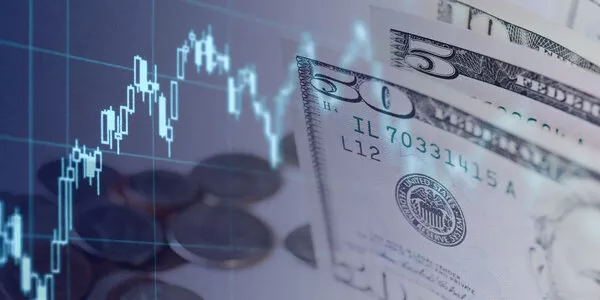
Weekly Update - A Game-Changer for Europe
In the run-up to the summit, German chancellor Angela Merkel had sounded cautious, stating that more time would probably be needed for the 27 EU members to reach agreement on the package, given the stiff resistance from the “frugal four” of Austria, Denmark, the Netherlands and Sweden. However, the balance of power had shifted in favour of a deal when Merkel and French president Emmanuel Macron agreed to €500bn in grants financed by joint borrowing at their May 18 summit. Previously, Germany had espoused budget austerity and remained hostile to any form of burden-sharing. What had changed?
First, the coronavirus pandemic represented a “black swan” event – unexpected with severe consequences – which hit all euro zone members indiscriminately. Second, weaker members like Italy and Spain, with less resources to respond, were much harder hit through no fault of their own. Third, Germany rapidly jettisoned its “schwarze null” aversion to deficit spending as COVID-19 hit, pushing through fiscal support measures representing some 8.3% of GDP. And fourth, Merkel realised that Germany would be unable to exit its deep downturn if large partners – and export markets – in Southern Europe remained mired in recession. The European Commission then built its own proposal, adding €250bn in loans to the package which was then submitted to the mid-July Council summit. In the event, the broad outlines of the proposal were approved. However, the proportion of grants was cut from €500bn to €390bn in deference to frugal four opposition. Does this matter?
Of course, the €110bn cut in grants looks like a heavy defeat for Merkel and Macron. However, we should bear in mind that the frugal four originally opposed any handouts at all. Moreover, with borrowing costs close to zero, there is little need for core euro zone countries to apply for recovery fund loans, leaving more available for periphery borrowers. In addition, the interest payable on the loans will be determined by EU borrowing costs, thereby substantially cutting interest charges versus typical issuance by Italy and Spain. Finally, the Netherlands and its allies did not win the desired veto on disbursements to countries which are slow to reform, thus reducing the conditionality which was feared by periphery borrowers. But will the package be enough? The total fund represents some 5.4% of EU GDP, but will of course be heavily skewed to benefit the periphery. Italy, for example, is likely to receive around 4.5% of its GDP in grants and an additional 5.5% in cheap loans while for Spain the totals could be 6.3% and 7.6% respectively. This represents a dramatic improvement on domestic support measures which only amount to 3.6% of GDP in Italy and 2.9% in Spain. The package should reduce the growth gap between the core and the periphery.
Beyond the direct economic impact, the recovery fund has great symbolic importance for the European Union – the bond issuance by the Commission on behalf of the EU establishes a precedent for joint borrowing, opens the path towards an eventual fiscal union and establishes a new bond benchmark for the euro zone. The skew towards the periphery should also help weaken some of the anti-EU sentiment in countries like Italy.
Bottom line. The recovery fund will be a game-changer for the region. Combined with EU members’ success in bringing the first wave of the pandemic under control and gradually reopening their economies, it should strengthen economic recovery prospects, spark further outperformance of the euro against the dollar and encourage investors to rebuild positions in euro zone equity markets.





